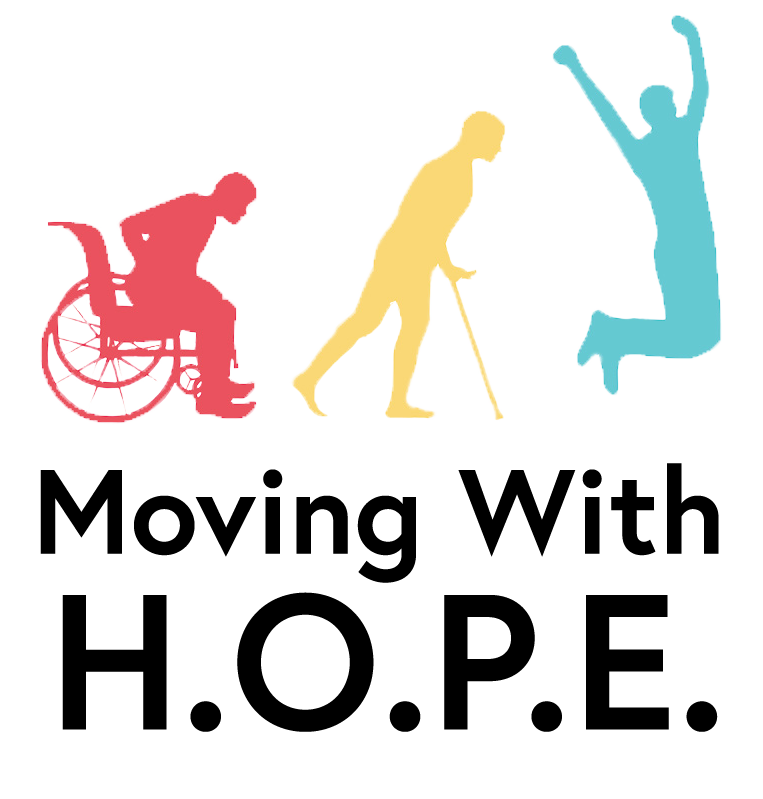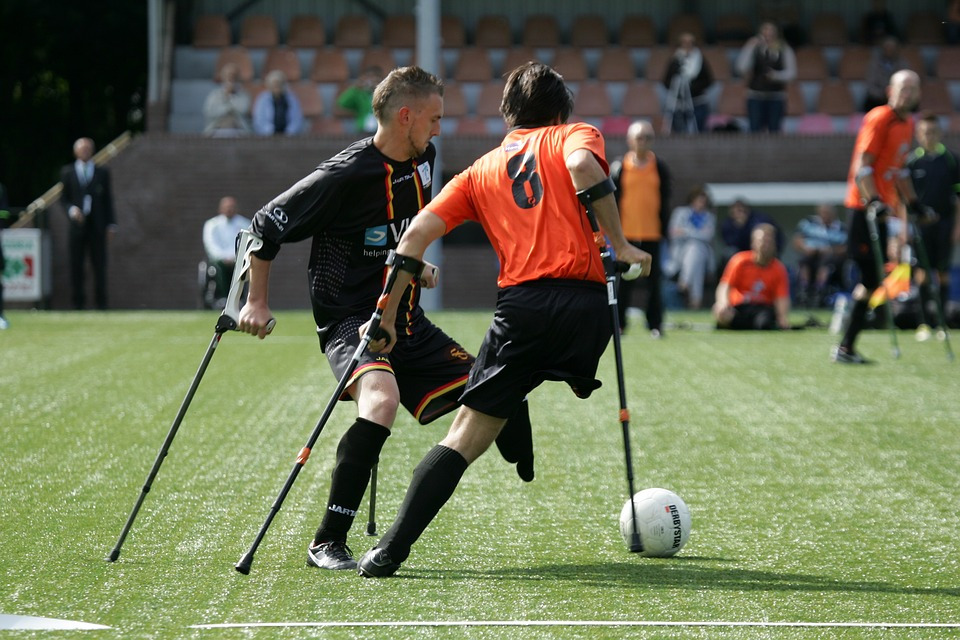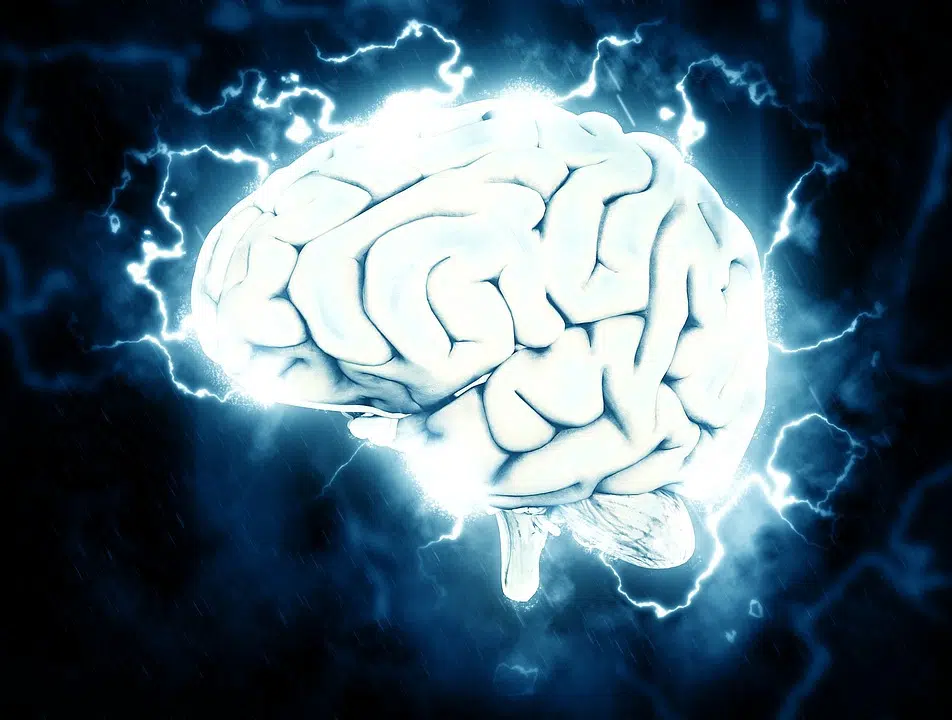Adolescence is a time of significant emotional, physical, and cognitive changes which can be difficult. However, this is made even more difficult for teens with disabilities. What can an occupational therapist do for adolescents? They provide invaluable support for these teens by helping them simplify and enhance their lifestyles as they get older. Now let’s talk about the role of occupational therapy for teenagers.
The Role of Occupational Therapy for Adolescents
For persons without disabilities, adolescence is a time of major transitions. This is where they begin to assume responsibilities and learn life skills that they will need as adults. Some of these skills may include safely driving a car, managing finances, and forming social, professional, and romantic contexts.
Occupational therapy for disabled teenagers means that they will not miss out on learning the same skills as their able-bodied peers. They also get the chance to become the best they can be. Occupational therapy helps teens to live fulfilled and satisfactory lives regardless of the physical, cognitive, or emotional challenges they face.
Let’s take a look at the benefits of occupational therapy for teenagers.
The Benefits Of Occupational Therapy for Teenagers
The benefits of occupational therapy for teenagers are many. Occupational therapy helps adolescents with challenges such as:
- Birth injuries or birth defects
- Sensory processing disorders
- Traumatic injuries to the brain or spinal cord
- Learning problems
- Autism
- Juvenile rheumatoid arthritis
- Mental health or behavioral problems
- Broken bones or other orthopedic injuries
- Developmental delays
- Post-surgical conditions
- Burns
- Spina bifida
- Traumatic amputations
- Cancer
- Severe hand injuries
- Multiple sclerosis, cerebral palsy, and other chronic illnesses
How Does Occupational Therapy Work for Adolescents?
Occupational therapy for adolescents means that an occupational therapist uses their training, skills, and techniques to help each client complete vital activities for daily life. Therefore, instructional lessons, practicing skills, testing skills, and environmental modifications are essential to making tasks easier.
These training sessions are not only for clients but for their family members and caregivers. Each member of a client’s support network is advised about how to help the client every day. This holistic approach means that all skills and techniques taught to each client is reinforced and enhanced daily.
Occupational Therapy Activities
Occupational therapy helps teenagers by teaching them activities (also known as occupations). However, occupational therapy is not about teaching teens how to prepare for work – although that can be included. For the most part, occupational therapy focuses on teaching teens the life skills necessary for daily living. These skills may include dressing, feeding, making the bed, shopping, and driving a car.
The activities pursued by an occupational therapist will vary according to each client’s treatment requirements. Furthermore, these activities will be adjusted over time and tend to be universally applicable to all human beings. The implications of each of these conditions are:
- Subjective activities: Each of these therapeutic activities is subjective, as they are valued differently according to their needs and preferences. For example, some may find shopping fun, while others may view it as another chore.
- Passage of time: All activities are affected by the passage of time. Occupational therapy for adolescents needs to change as they grow older, as each phase of life has different requirements.
- Universal activities: Each occupational therapy activity is noted by the profession as being responsive and effective. The profession has found that certain activities prove effective in client rehabilitation.
The good news is that occupational therapists have found that teenagers are the most responsive to medical interventions. Therefore, you want to find a licensed occupational therapist to examine your teenager. They will then determine which set of strategies will work best for your teen. As they incorporate these strategies into their schoolwork and other areas, this will lead to a more positive experience.
In occupational therapy for adolescents, the following areas may be evaluated:
- Visual perception.
- Somatosensory processing (touch and proprioception)
- Vestibular processing
- Eye-hand coordination
- Motor skills planning
What are the Objectives of Occupational Therapy for Teenagers?
The main objective of occupational therapy for adolescents is to help them live satisfyingly full lives with as much independence as possible. This means developing the life skills and techniques necessary for everyday self-care and household maintenance.
An occupational therapist will ensure that each client can independently and confidently complete the prescribed activities in their treatment plans. These goals can be short- or long-term and vary with different circumstances and requirements.
However, you should keep in mind that occupational therapists are there to assist their clients but not to control them. They are trained to be courteous and accommodating to all clients regardless of the type of disability. They will also make recommendations and are willing to work with each client’s medical team.
Can a Person Function Again After an Acquired Brain Injury?
An acquired brain injury is an injury to the brain that’s not hereditary, congenital, degenerative, or as a result of birth trauma. The injury leads to a change in the brain’s neuronal activity, which impacts the client’s physical integrity, metabolic activity, or the functional ability of the brain’s nerve cells. Depending on the extent and severity of the damage and how early rehabilitation started, it is possible to walk and function again.
Can an Acquired Brain Injury Heal Naturally?
If the acquired brain injury doesn’t damage any of your brain tissue, then it can gradually recover its function. However, if there’s significant brain damage, then the brain can’t naturally regenerate. Furthermore, the other parts of the brain will often learn to take over some of the tasks of the destroyed brain cells. Rehabilitation can aid this new learning process.
How Long is Rehab After an Acquired Brain Injury?
Recovery from an acquired brain injury can take anywhere from 6 months to several years. However, rehabilitation can hasten the recovery time and make it more complete.
As well, the level and rate of full recovery can’t be predicted. But it’s best to begin the rehabilitation process as soon as the individual is medically stable. Early rehab can also prevent certain complications like shortened muscles, weakened muscles, and depression.
The success of rehabilitation depends on each client’s general condition, range of motion, muscle strength, incontinence issues, and functional capacity. Also, teenage clients learn valuable motivation and coping strategies, and the readiness to participate in a rehabilitation program.
How You Can Find an Occupational Therapist for Your Teen
What can an occupational therapist do for adolescents? We’ve shared several benefits of occupational therapy for teenagers, and if you need to find an occupational therapist for your teen, we have the solution for you on that too. Moving With Hope provides the best occupational therapists, physical therapists, speech and language therapists, and other healthcare roles. We will also work with your medical team to create a comprehensive treatment plan that best serves your teenager’s needs. So contact us today to begin your teen’s journey to recovery and better health.




